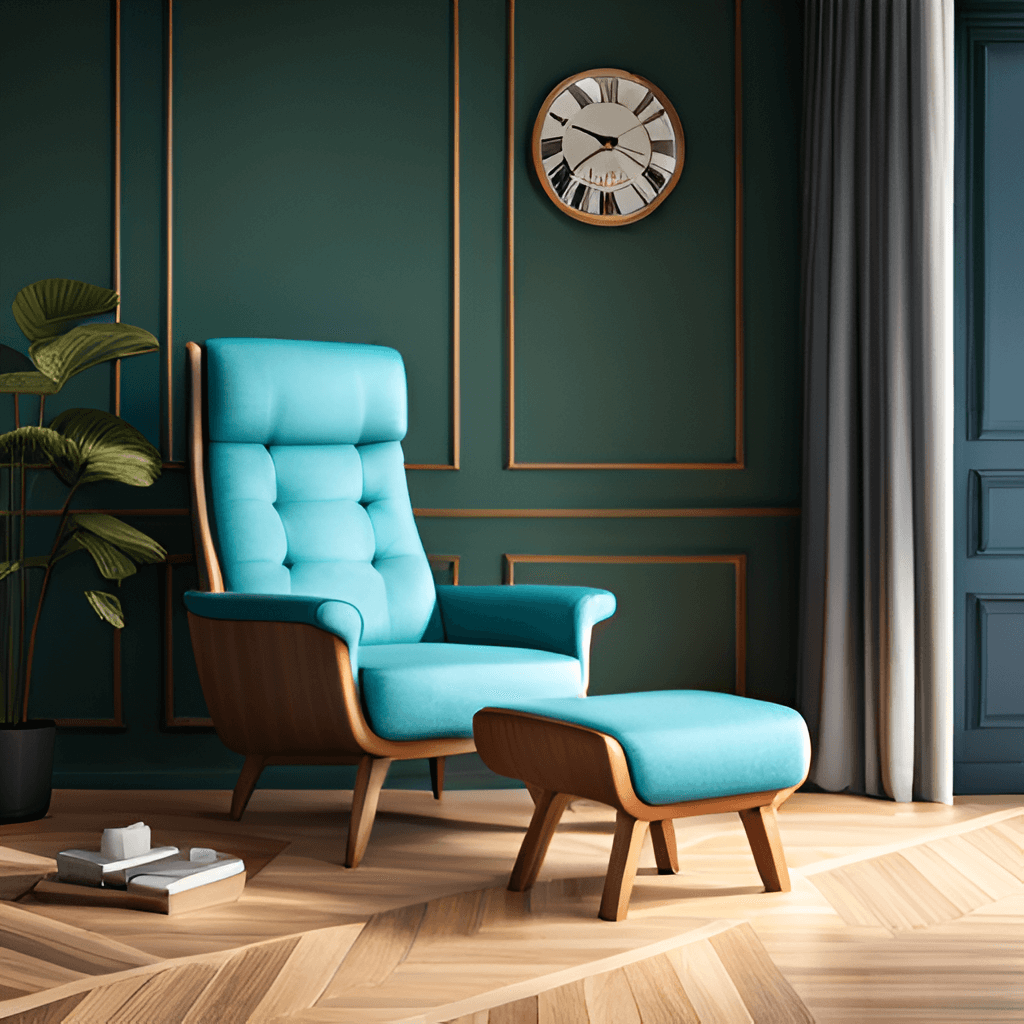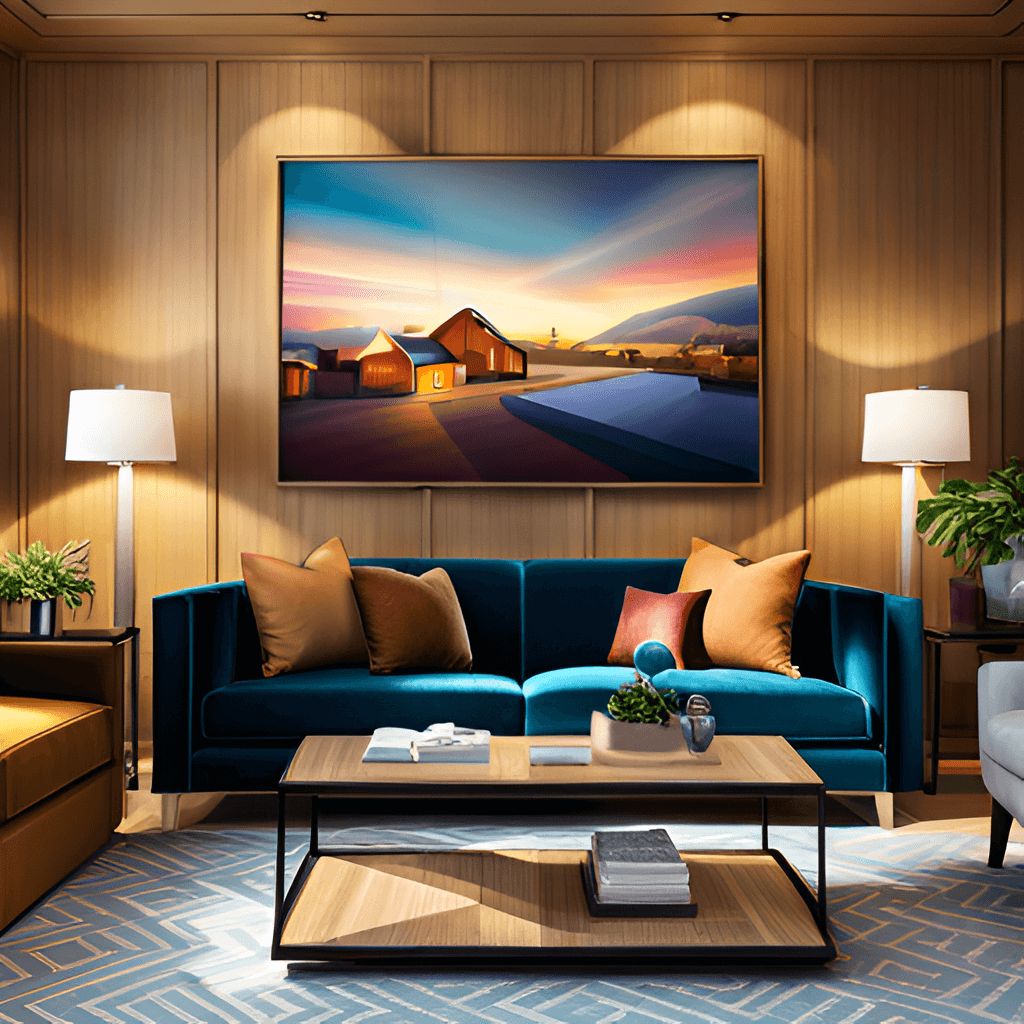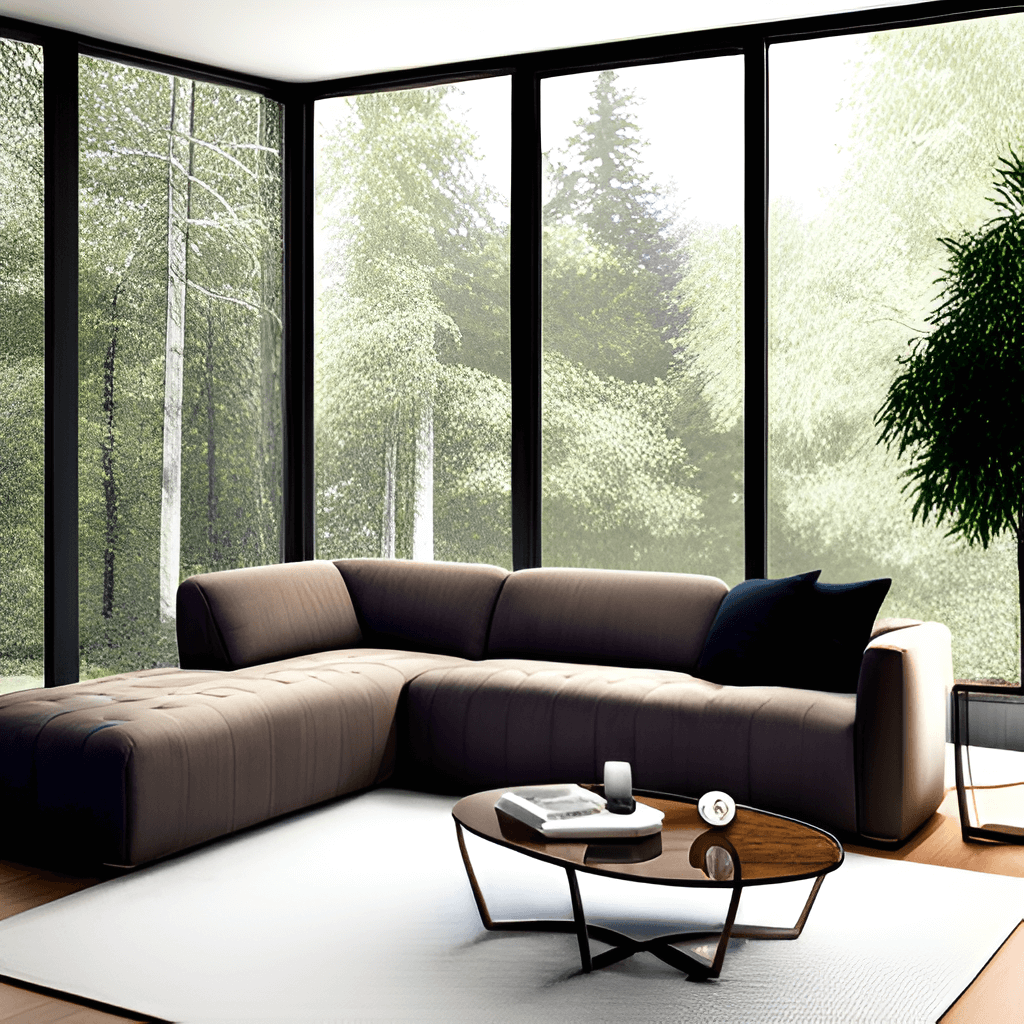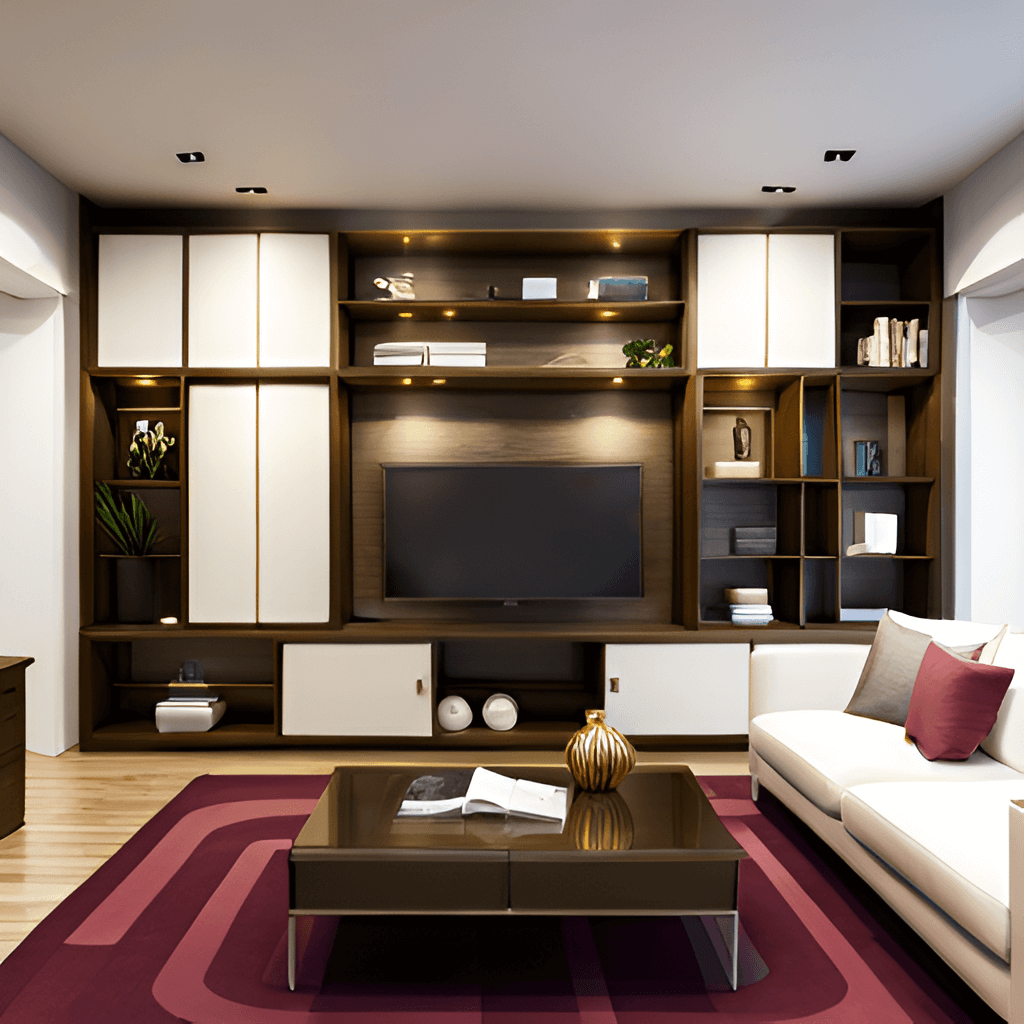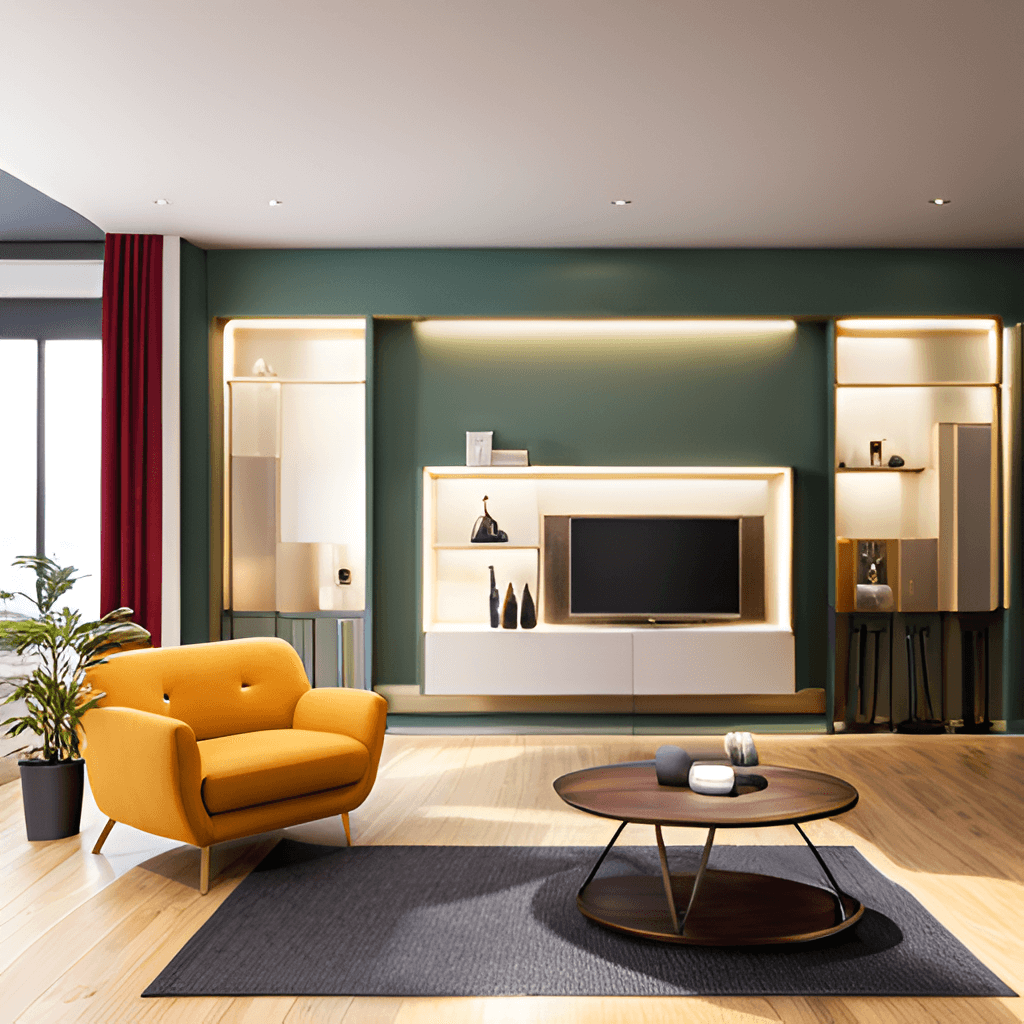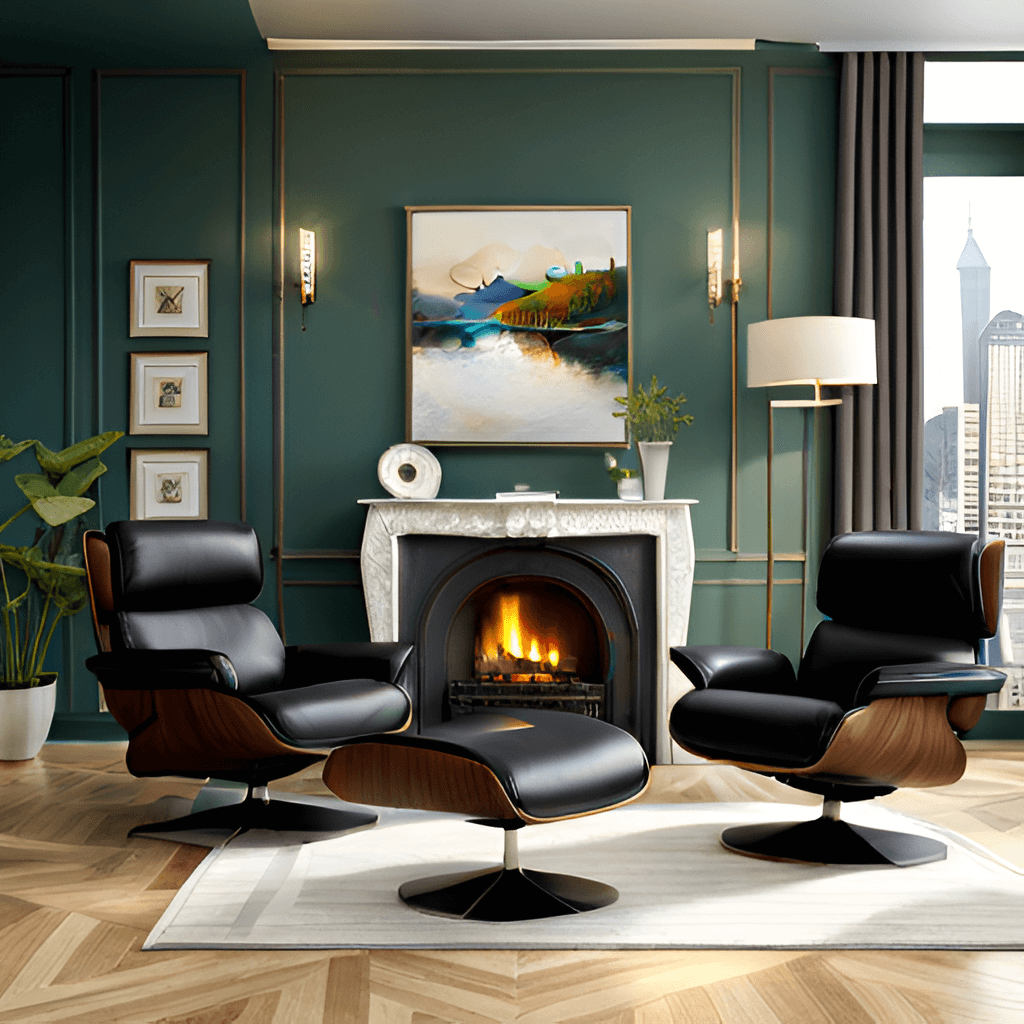Lounge Room
Home and Garden: Lounge Room
The lounge room is a crucial space in any home, serving as a versatile area for relaxation, socializing, and entertainment. In this article, we will explore the key aspects of the lounge room, including its definition, differences from a living room, its significance to a home, and the concept of a second living room.
What is in a lounge room?
A well-designed lounge room incorporates various elements to create a comfortable and inviting environment. Here are some essential components commonly found in lounge rooms:
Sofas and Seating: Lounge rooms typically feature sofas, couches, or sectionals as the main seating options. Comfortable and stylish seating is essential for relaxation and hosting guests.
Coffee Tables and Side Tables: These pieces provide surfaces for placing beverages, snacks, books, and decorative items. They enhance the functionality and aesthetics of the lounge room.
Entertainment Units: Lounge rooms often include entertainment units or TV stands to accommodate televisions, audio systems, and media devices. These units keep electronics organized and serve as a focal point.
Lighting Fixtures: Adequate lighting is crucial in lounge rooms. A combination of overhead, floor, and table lamps provides ambient and task lighting, creating the desired atmosphere.
Storage Solutions: Lounge rooms benefit from storage options like cabinets, shelves, or bookcases. These help keep the space organized by storing books, magazines, games, and other items.
Decorative Accessories: Artwork, mirrors, throw pillows, rugs, and curtains add personality and style to the lounge room. They create visual interest and tie the overall design together.
What is the difference between a lounge room and a living room?
The terms “lounge room” and “living room” are often used interchangeably, but they can have subtle differences depending on cultural or regional contexts. Generally, the distinction lies in their intended purpose and usage.
A lounge room typically refers to a space primarily designed for relaxation and informal socialization. It often features comfortable seating options, entertainment units, and a cozy ambiance. Lounge rooms are commonly found in residential homes and are used for casual gatherings or personal downtime.
On the other hand, a living room is a more formal space that serves multiple functions. It is often located near the entrance of a home and is used for entertaining guests, hosting formal occasions, and sometimes as a showcase area. Living rooms may have more sophisticated furniture, elegant decor, and a slightly different layout compared to lounge rooms.
What is the lounge room to a home?
The lounge room holds great significance within a home, acting as a central hub for relaxation and socialization. It serves as a versatile space where family members and guests can come together to unwind, watch movies, play games, or engage in meaningful conversations.
The lounge room plays a crucial role in creating a warm and welcoming atmosphere for residents and visitors alike. It reflects the homeowner’s personal style and taste while providing comfort and functionality. A well-designed lounge room can enhance the overall aesthetic appeal and value of a home.
What is a second living room called?
In some cases, larger homes may have the luxury of a second living room, often referred to as a family room or den. A second living room provides additional space for various activities and can be tailored to specific needs.
The second living room typically offers a more casual and relaxed setting compared to the main living room. It may feature comfortable seating, entertainment options, and a layout suitable for family gatherings, hobbies, or recreational activities. This room allows for flexibility in utilizing the available space in a home, providing an additional area for relaxation and entertainment.
In conclusion, the lounge room is a vital part of any home’s design, providing a comfortable and inviting space for relaxation, socializing, and entertainment. Understanding the key components and distinctions between a lounge room and a living room helps in creating a well-designed and functional space that meets the needs and preferences of the residents. Whether it’s a cozy gathering place or a more formal showcase area, the lounge room plays a significant role in enhancing the overall home and garden experience.
Lounge Rooms: Enhancing Home and Garden Spaces
The lounge room holds immense importance within a home, serving as a versatile area where individuals can unwind, socialize, and find entertainment. In this article, we will delve into the fundamental aspects of lounge rooms, including their definition, differentiating factors from living rooms, their significance to a home, and the concept of a second living room.
Understanding the Elements of a Lounge Room
A well-designed lounge room incorporates various elements to establish a comfortable and inviting environment. Here are some essential components commonly found in lounge rooms:
Seating Arrangements: Lounge rooms typically feature sofas, couches, or sectionals as the primary seating options. These provide comfort and style, catering to relaxation and hosting guests.
Functional Tables: Coffee tables and side tables are integral parts of a lounge room. They serve as surfaces for placing beverages, snacks, books, and decorative items, enhancing both functionality and aesthetics.
Entertainment Units: Lounge rooms often house entertainment units or TV stands, accommodating televisions, audio systems, and media devices. These units not only keep electronics organized but also act as focal points within the room.
Illumination Matters: Adequate lighting is essential in lounge rooms. A combination of overhead lights, floor lamps, and table lamps creates a blend of ambient and task lighting, enabling the desired atmosphere.
Storage Solutions: Storage options like cabinets, shelves, or bookcases are beneficial additions to lounge rooms. They promote organization by providing spaces to store books, magazines, games, and other items.
Decorative Accents: Artwork, mirrors, throw pillows, rugs, and curtains inject personality and style into lounge rooms. These elements add visual interest and contribute to the overall design cohesion.
Distinguishing Between Lounge Rooms and Living Rooms
While the terms “lounge room” and “living room” are often used interchangeably, they can have nuanced differences influenced by cultural or regional contexts. Typically, the distinction lies in their intended purpose and usage.
A lounge room primarily focuses on relaxation and informal socialization. It embodies comfort through seating options, entertainment units, and a cozy ambiance. Often found in residential homes, lounge rooms facilitate casual gatherings and personal downtime.
In contrast, a living room serves as a more formal space with multiple functions. Usually located near the entrance of a home, it caters to entertaining guests, hosting formal occasions, and occasionally acting as a showcase area. Living rooms may feature sophisticated furniture, elegant decor, and a slightly different layout compared to lounge rooms.
The Significance of Lounge Rooms in Homes
Lounge rooms play a vital role in creating a warm and welcoming atmosphere within a home. Acting as central hubs for relaxation and socialization, they bring family members and guests together for activities such as unwinding, movie nights, game sessions, and engaging conversations.
A well-designed lounge room not only reflects the homeowner’s personal style and taste but also provides comfort and functionality. It enhances the overall aesthetic appeal and value of a home, making it an essential aspect of the home and garden experience.
Exploring the Concept of a Second Living Room
In some cases, larger homes offer the luxury of a second living room, often referred to as a family room or den. This additional space provides versatility for various activities and can be tailored to specific needs.
The second living room typically fosters a casual and relaxed setting in comparison to the main living room. It may feature comfortable seating options, entertainment choices, and a layout suitable for family gatherings, hobbies, or recreational activities. This room enables flexible utilization of available space, providing an additional area for relaxation and entertainment.
Lounge rooms hold a significant place in home design, offering a comfortable and inviting space for relaxation, socialization, and entertainment. Understanding the key components and distinctions between lounge rooms and living rooms aids in creating well-designed, functional spaces that meet the needs and preferences of residents. Whether serving as a cozy gathering place or a more formal showcase area, the lounge room plays a pivotal role in enhancing the overall home and garden experience.

